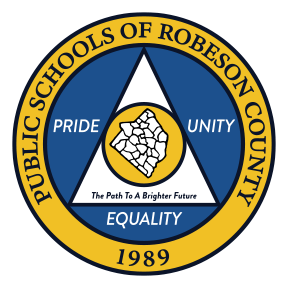STUDENT SERVICES
BULLYING PREVENTION
What is Bullying?
Bullying can be defined legally as acts of written or spoken words that are meant to intimidate or harm a person including their property.
Types of Bullying?
Verbal bullying is saying or writing mean things. Verbal bullying includes:
Teasing
Name-calling
Inappropriate sexual comments
Taunting
Threatening to cause harm
Social bullying, sometimes referred to as relational bullying, involves hurting someone’s reputation or relationships. Social bullying includes:
Leaving someone out on purpose
Telling other children not to be friends with someone
Spreading rumors about someone
Embarrassing someone in public
Physical bullying involves hurting a person’s body or possessions. Physical bullying includes:
Hitting/kicking/pinching
Spitting
Tripping/pushing
Taking or breaking someone’s things
Making mean or rude hand gestures
Types of Bullying
What Parents Should Know About Bullying
Bullying can be an isolating experience — not just for the kids involved — but for their parents, too. Fortunately, there is help. This guide offers a comprehensive overview for parents to learn what they can do to address and prevent bullying.
https://www.commonsensemedia.org/blog/a-new-parents-guide-to-social-media Bully Prevention / NCDPI
Aggressive and unwanted behavior is another way of defining bullying among school aged children. It can seen as a real or even perceived form of gaining power. It is not a one time occurrence but happens repetitively, over time. (definition by stopbullying.gov).
In order to be considered bullying, the behavior must be aggressive and include:
An Imbalance of Power: Kids who bully use their power — such as physical strength, access to embarrassing information, or popularity — to control or harm others. Power imbalances can change over time and in different situations, even if they involve the same people.
Repetition: Bullying behaviors happen more than once or have the potential to happen more than once.
Bullying Info and Facts
Bullying Prevention Resources
http://www.pacer.org/bullying/
http://www.pbis.org/school/bully-prevention
Bullying Prevention: Steps to Address Bullying in Schools
